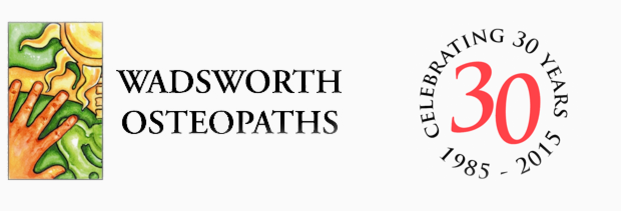Spinal Degeneration – recent research shows it may not be the cause of your pain.
We are all aware that as we get older we get some wear and tear in our joints. When these wear and tear signs show up on x-rays and scans we presume that they are the cause of our back pain.
However that may not be the case. A recent study published in the American Journal of Neuroradiology revealed some surprising results.
The study analysed 33 previously published articles to summarise the frequency of various MRI image findings including:
Intervertebral Disc Degeneration
Disc Height Loss (disc thinning)
Disc Bulges and Protrusions (‘slipped discs’)
Annular Fissures (cracks in the outer casing of the disc)
Facet Degeneration (wear of the guiding joints of the spine)
Spondylolisthesis (where one vertebra shifts forwards or backwards in relation to the adjacent vertebrae)
The results showed that 37% of people in their 20s and 52% of people in their 30s had disc degeneration. 96% of people in their 80s had disc degeneration. Disc bulges were seen in 30% of people in their 20s and 50% of people in their 40s Less dramatic but also surprisingly 9% of people in their 30s had facet joint degeneration.
While we wouldn’t have expected such a high proportion of younger people showing signs of spinal degeneration the most surprising fact was that all the people in the studies which made up this article had no symptoms!


So what do we make of all this?
The first point to make is that this information just wasn’t available until MRI became widely used. Prior to MRI, disc damage was assessed using a Myelogram (a dye was injected into the fluid around the spine and a prolapsed or bulging disc would prevent the dye from running freely around the disc.) The Myelogram was an invasive test with some drawbacks and was not used on people without symptoms. MRI scans are generally not harmful so ethically there is justification for use on people without symptoms – hence we find a good proportion of the adult population have disc damage and many of those have no pain.
Secondly, this research shows that spinal degeneration, in its various forms, is more common in younger people than we thought but again it is not necessarily associated with pain. It may in fact be a normal part of ageing.
As osteopaths we often see patients who have had spinal xrays and scans which show degenerative changes. In many of these cases it isn’t the degeneration which is primarily responsible for symptoms. The pain is caused by secondary factors – muscular tension, nerve pressure problems, inflammation or mechanical alignment problems. These factors can often be helped with careful treatment and management allowing patients to return to normal active pain free life.
Even in some of the most advanced cases of spinal degeneration in later life it may still be possible to ease pain and improve mobility.
Disc prolapses or bulges do not necessarily need surgery. Orthopaedic surgeons and neurosurgeons are now very careful when they interpret MRI scans. If they feel that a disc prolapse or bulge is causing pain – particularly nerve pain, usually sciatica – they may recommend surgery. If there isn’t good evidence that the disc damage on the scan is the cause of the pain surgery will not be recommended.
We do see patients with spinal degeneration whose doctor or specialist has given a bleak prognosis ‘your spine is crumbling’, ‘you have wear and tear and it will get worse’, even ‘you will end up in a wheel chair.’ While these comments may have some truth to them they often don’t give a fair picture. Degeneration may cause pain and disability if for example disc thinning leaves insufficient room for nerves or when spondylolisthesis kinks the spinal cord, but the pain and disability may result from the other factors. Many of these can be helped.
The key is to have a careful assessment to find out whether symptoms can be relieved and not just assume that all your back trouble is caused by the wear and tear.


